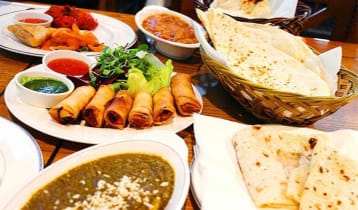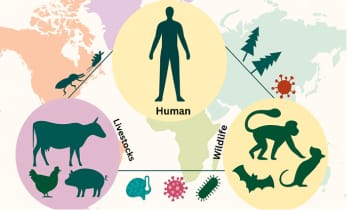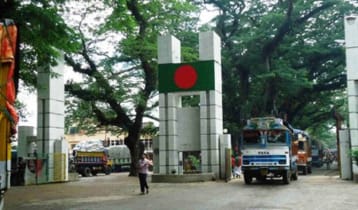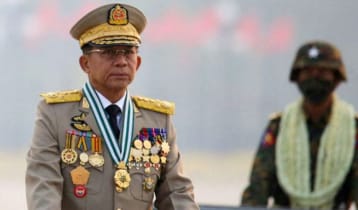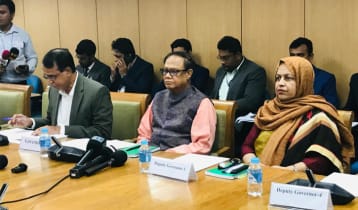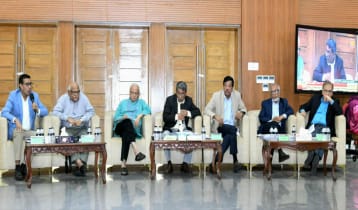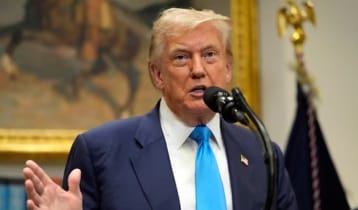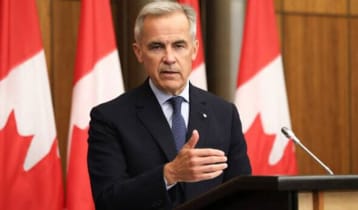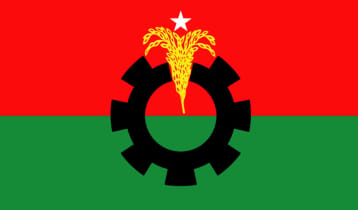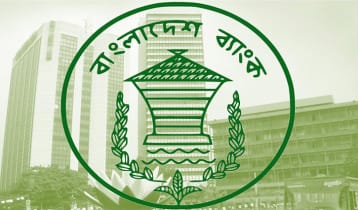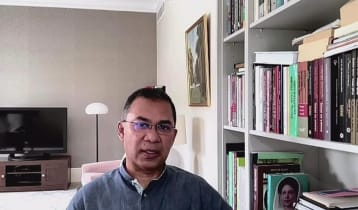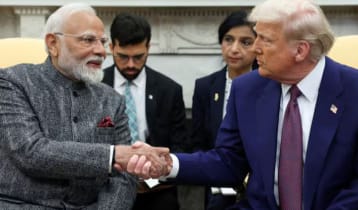Beef, mutton beyond poor consumers
Imtiaz Ahmed || risingbd.com

Beef and mutton that remain in high demand during the holy month of Ramadan in Bangladesh remain elusive to poor consumers, even out of reach of middle–income group consumers.
Price of beef is selling at taka 750-800 and mutton is selling at taka 1100-1200 per kg in the kitchen market of Bangladesh.
According to the Bangladesh high commission in Kolkata, price of beef is selling at 220-250 Indian rupee per kg (Bangladesh taka 280- 325), boneless beef at Indian rupee 320—350 (420 ---460 Bangladesh taka) and mutton at Indian rupee 700-750 (Taka 910---980)
In Pakistan, beef sells at 1200 rupee per kg (taka 470) and mutton sells at up to Rs2,200 per kg (Bangladesh taka 865) in major markets.
The livestock population of Bangladesh since 2013-14 fiscal year until 2022-23 has witnessed gradual increase over the years. The number of cattle stood at 234.88 lakh in 2013-14, 247.00 lakh and 248.56 lakh. The number of sheep stood at 14.57 lakh in 2013-14, 15.08 lakh in 2021-22 and 15.16 lakh in 2022-23 fiscal year. The number of sheep stood at 32.06 lakh in 2013-14 fiscal year, 37.52 lakh in 2021-22 and 38.27 lakh in 202-23. The number of goat stood at 254.39 lakh in 2013-14, 267.74 lakh in 2021-22 and 269.45 lakh in 2022-23 fiscal year.
However, surprisingly the meat production in 2023-24 dropped to 87.10 lakh tonnes compared to 92.65 lakh in 2021-22. The contribution of livestock to the gross domestic product (GDP) at constraint price dropped to 1.85 per cent in 2022-23 fiscal year compared to 1.91 per cent in 2021-22 fiscal year.
Meanwhile, Pakistan has emerged as the first South Asian nation that has exported heat-treated beef to the world’s largest meat importer, China, beating regional competitors in delivering quality food at the best price.
In a notification to the Pakistan Stock Exchange (PSX) recently, The Organic Meat Company Limited (TOMCL) reported “TOMCL (a Pakistan-based firm) now stands as the first company from South Asia to have successfully exported cooked/ heat-treated frozen beef and meat products to the People’s Republic of China on December 31, 2023).”
China is the world’s largest meat importer, purchasing approximately 3.10 million tonness of beef and mutton during 2022.
Talking to media, CEO of TOMCL Faisal Hussain said the other day “we are very close to them (Chinese) geographically and we are the cheapest nation in providing things to the world…Pakistan’s beef is far above than a lot of countries in terms of quality and secondly it is cheaper too.”
As market regulation in Bangladesh is weak, traditional iftar dishes, cooked with mutton and beef have become increasingly unaffordable to a significant portion of middle-class population during Ramadan.
This disparity comes out of substantial difference between merchants’ rates and the officially designated prices
Despite the city administration’s efforts to crack down on what it terms ‘profiteering’, the enforcement of official prices has proven unsuccessful thus far.
Factors like India banning the export of beef, high population density in Bangladesh and high cost of cattle feed lead to astronomically high prices.
But now, butchers are retailing beef for Tk-750-800per kg in Dhaka, while mutton costs 1100—1200per kg. To put things into perspective, highly prized Australian angus beef retails for $4.90 or Tk400 per kg.
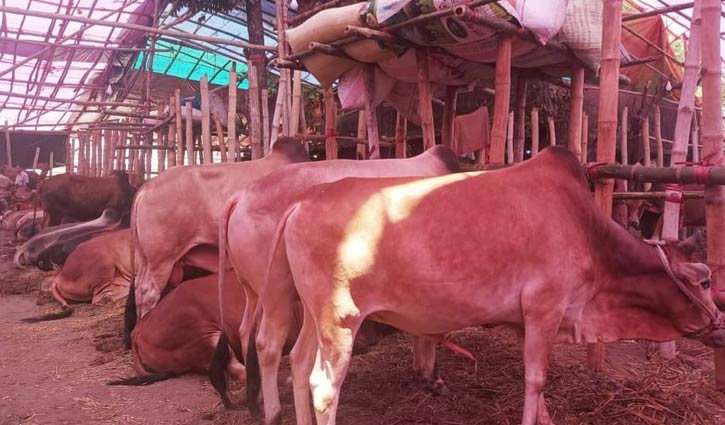
In the Indian city of Kolkata, the price of buffalo meat is Rs200-230 per kg, which is approximately Tk220-250 in Bangladesh, said a Bangladeshi diplomat in Kolkata.
As Muslims in Kolkata usually consume beef, the price of beef is cheaper compared to the price of mutton there, said the Bangladesh diplomat.
The average price of per kg beef in the international market is around $5-5.50, but in Bangladesh it is around $7-$7.50, said Mohammad Shah Emran, general secretary of the Bangladesh Dairy Farmers' Association (BDFA).
Before the Indian government put a ban on export of cattle to Bangladesh in 2014, the price of one kg beef was around Tk230—250 in Dhaka’s market, according to official data.
Prior to the ban, smuggled Indian cows used to meet a substantial portion of Bangladesh's demand. An estimate showed that traders engaged in smuggling brought nearly 2 million cows into Bangladesh.
The global average price of beef was $4.63 in FY15 — about Tk360 per kg based on Bangladesh Bank's exchange rate at the time.
Beef and mutton prices have shot up in Bangladesh in the last 7-8 years despite enviable success in the livestock sector against the background of the Indian ban on cattle exports.
Abdur Rahman, an employee of a state-owned bank, said: “Prices of beef and mutton are going beyond the reach of lower and middle-income consumers. Usually, Dhaka City Corporation fixes the price of beef and mutton before the month of Ramadan. But this year, the city corporation did not fix the price.”
Some government steps and incentives can help reduce meat prices by 20-25% in Bangladesh, according to Bangladesh Dairy Farmers Association (BDFA) general secretary Shah Emran.
The cost of rearing livestock is higher in Bangladesh compared to Pakistan and India. Bangladesh is a densely populated country with grazing land that has been disappearing over the years. Geographically, both India and Pakistan are respectively 25 and seven times bigger than Bangladesh. So grasslands are widely available in both countries, he said.
The price of animal feed is also higher in Bangladesh. But the price of this product will come down if TCB imports the commodity and distributes that among farmers, said Emran.
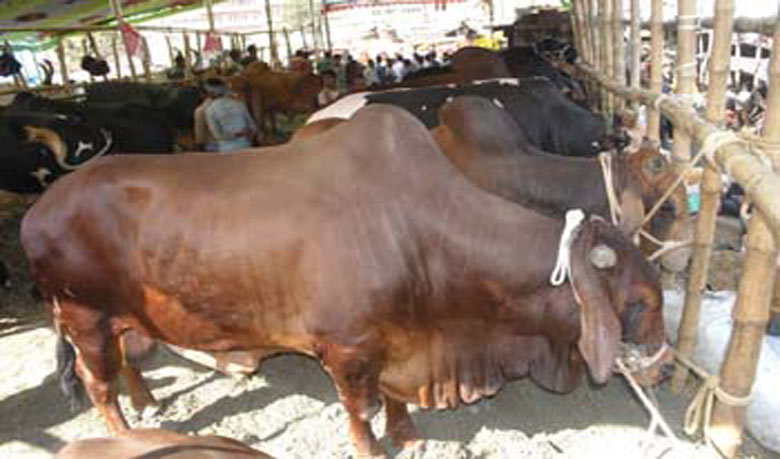
He also proposed imposing a ban on soybean export to ensure local supply of the product to the dairy farms.
The price of electricity in case of dairy farms is commercial and should have a special rate like households have in Bangladesh. As the present government policy encourages cow rearing, the price of the electricity should be normal, not commercial, the BDFA general secretary further said.
Demanding financial support from the government for the livestock sector, he added that the government should develop a system to disburse soft loans at say 3-4% interest to dairy farmers.
He also said the government should encourage import of breeds like Brahman, Simental and Angus into the country to increase production of meat.
The same can be applied to goats too, Emran explained.
For instance, a male adult Black Bengal goat, found in West Bengal, Jharkhand, Assam, North Orissa and Bangladesh, weighs about 18-20kg while female adults weigh 15-18kg.
“The government should allow import of African breeds, such as the Boer or Kalahari, and Indian breeds like the Totapuri and Jamunapari, to increase production of mutton,” the dairy association leader said.
One hybrid goat can weigh 50-60kg compared to the smaller traditional Black Bengal goat, he added.
In FY10, Bangladesh produced about 1.3 million tonnes of meat, which increased to over 7.5 million tonnes in FY20, according to data by the Department of Livestock Services (DLS).
Over the last 7/8 years, a good number of young educated Bangladeshis have taken up cattle rearing as a profession.
This ended up making Bangladesh self-sufficient in cattle rearing, an official of the DLS, said while talking to the press.
"Before, we had to rely on Indian cows during Qurbani season, but locally reared bulls can meet local demand during Eid celebrations," he added.
Realizing the potential of this sector, a good number of people are entering this business now. Some 50,000 people have joined this business recently who are all educated, many of them are graduates, said economist Ahsan H Mansur, executive director of the Policy Research Institute of Bangladesh.
“In Bangladesh the cost of production is higher because we have to buy the feed at a higher cost. So, the price of beef is still high and the consumer has to pay it,” he also said.
“But at the same time, it is being domestically produced. After India imposed a ban on export of cattle, we had to find a substitute and we got a better substitute actually, which is the best thing,” added Mansur.
Prior to India's increased vigilance, a lion's share of cattle used to be raised using traditional methods by farmers in villages.
But now many educated youths and traditional farmers have started rearing high quality breeds through artificial insemination.
According to the livestock department, which started gathering statistics on fattened bulls a couple of years ago, there were 3.34 million fattened bulls in the country in 2017. It increased by around 16% to 3.86 million in 2021.
Statistics from the National Board of Revenue (NBR) show that the number of cattle brought over informally over the borders from India was 2.1 million in FY14. Six years down the line, the flow dipped 90%.
In FY20, the figure was only 200,000, down from 542,000 the previous year.
According to the DLS, there are 698,000 cattle farmers in Bangladesh, up from 300,000 in 2015.
Bulk of the domestic requirement for meat is met by poultry, according to industry insiders. Although cattle rearing is on the rise, it is not adequate to influence prices yet.
Development of breeds to improve per cow meat production is needed, said a DLS official.
The high price of fodder for the cattle is another reason for the high price of cattle as farmers have spent Tk400-500 per sack of 37 kg feed for the last four months, he added.
Cattle traders and farmers said it is evident that raising the price of beef before any festival has become customary for meat traders. However, this practice has elevated prices to a level that exceeds the affordability of many individuals with limited incomes. Consequently, those who sell meat at relatively lower prices are getting a load of customers.
The writer is a senior journalist
Dhaka/Mukul

